
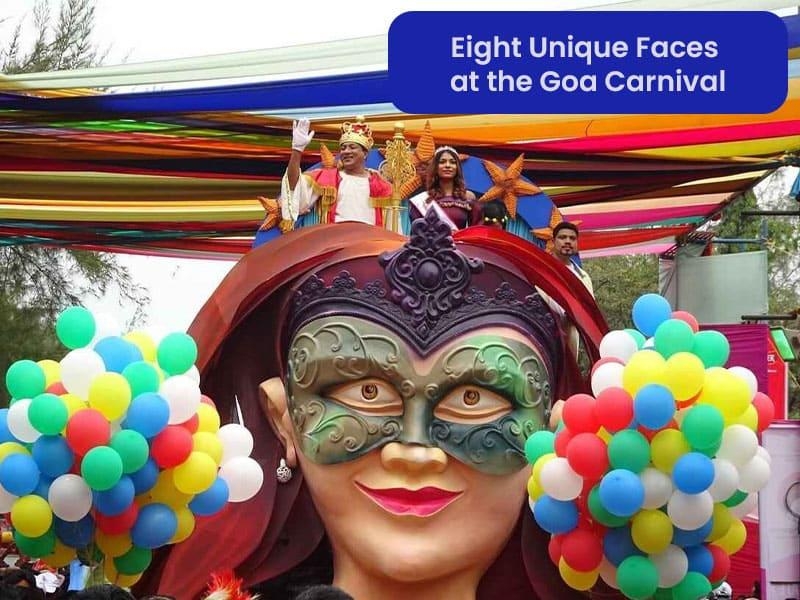
Each year, sometime in March or February, Goa reverberates with the sound of the Goa Carnival. It is Goa’s celebration of Mardi Gras or Fat Tuesday. Like other global celebrations, including the famed Rio Carnival, the Goan celebration begins before Lent. It starts on the day of the Christian feast of the Epiphany and stops a day before Ash Wednesday, better known as Shrove Tuesday. In popular culture, this is Fat Tuesday or Mardi Gras in French as it marks the last day of feasting preceding the period of fasting during Lent. It is smaller than the celebrated Rio Carnival and Mardi Gras in New Orleans. But it is among the only such known celebrations in India and even Asia. The Goa Carnival also brings a special Indian flavour that succeeds in making it unique anywhere in the world. Its official colours are usually red and black. Here are eight unique faces that you will see only at the Goa Carnival.
1. Kunbi ladies
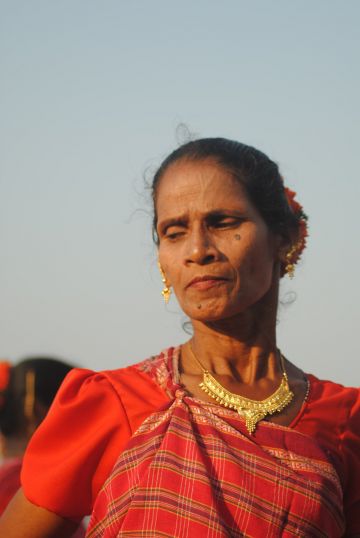
The Kunbi saris were traditionally worn by the women of the Kunbi and Gawda tribes as they worked in the paddy fields. While these are not often recognized by visitors, the Kunbi sari is quite easily spotted by Goans. Usually in red and white checks, the sari was draped by tying it just after the women’s shoulders. This helped to keep it firmly fastened even as they toiled in the fields. Today, the traditional sari is mainly worn by older women within the community. It also famously inspired designer Wendell Rodricks, who revived the tradition through his work. But If you still only associate Goa with beaches and parties, remember to look out for the Kunbi ladies during the Goa Carnival.
2. Traditional fishermen
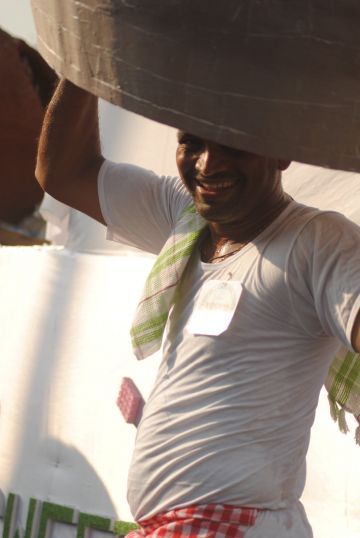
Just like the Kunbi ladies, the fisherfolk add another touch of tradition to the Goa Carnival. Though small in number as compared to other states, they have always distinctively shaped the identity of this largely coastal state. While Goa’s fishing communities have several costumes, this one represents a fisherman in traditional attire, sporting the ubiquitous lungi. He even brings a fishing basket along to sport his wares.
3. The Goan girls
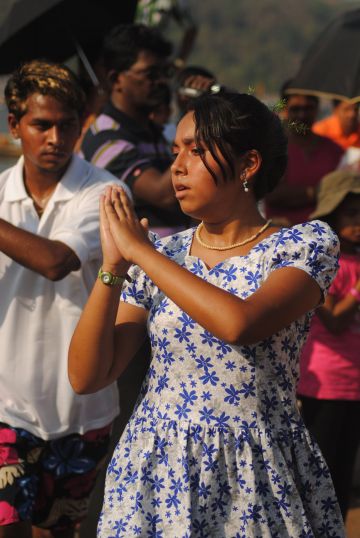
East constantly meets west at the Goa Carnival. Dresses like this one are synonymous with Goa today. But if you look closer, you also see the remnants of a vanishing Portuguese past. The geometric blue design embossed on white reflects a Moorish influence and was also commonly used in Portuguese tiles. The style recently made a comeback on ramps in Portugal about a decade ago. In this photo, the performer also displays a traditional Goan dance step.
4. Tribals in Vatkal attire
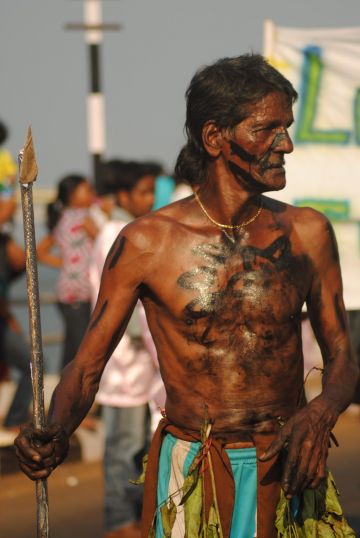
Marching alongside, watch out for the tribals in ancient Vatkal attire. Parading their beads and leafy loincloths, they are part of the hidden Goa, which is far away from the destination of the tourist guidebooks. But it is these tribes who are the custodians of Goa’s early history, long before the coming of the Portuguese.
5. Portuguese violinists
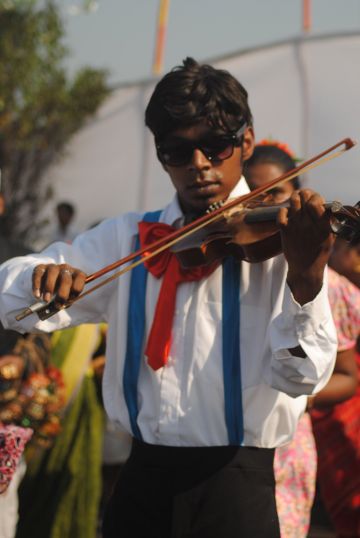
Yet today’s Goa is a state synonymous with music, which is often a synthesis of the best of the east and the west. This is reflected in myriad forms in the Carnival, and just one of these is the romantic violist, firstborn in the Portuguese era. In this scene, we miss the coat and the cummerbund that would make this a traditional Portuguese dress.
6. Carnival clowns
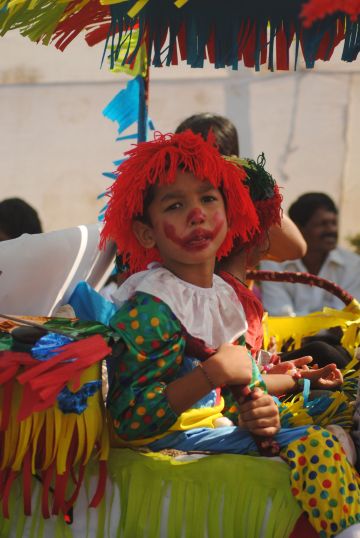
Fun is a key theme at the Goa Carnival. Expect to see clowns in all shapes, colours and sizes. In this scene, you can see that a Goan’s first introduction to the Carnival, either as a participant or in the audience begins early.
7. Queer pride
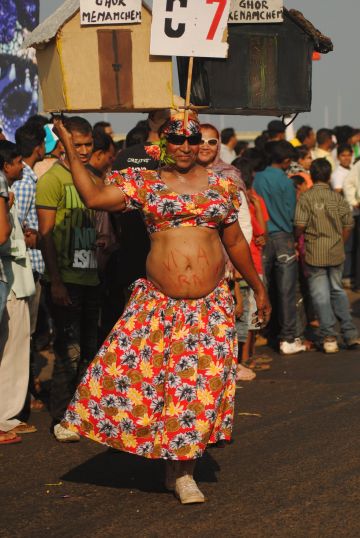
Like in the Mardi Gras at New Orleans or the Rio Carnival, queer pride is strongly on display at the Goa Carnival. Here a participant proclaims “Viva Carnival”. You could be excused if you wonder for a moment whether you are in Rio De Janeiro, New Orleans, or Goa.
8. Global citizens
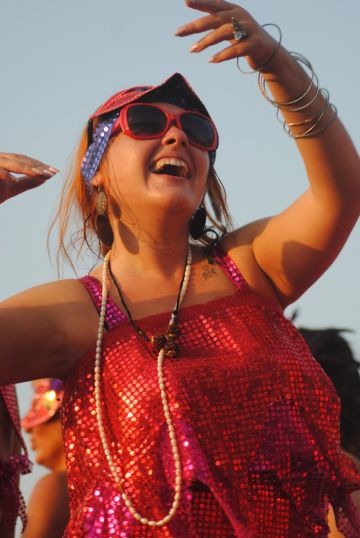
In India’s most international of tourist destinations, it is perhaps natural that citizens of all parts of the world should participate. It is this that never fails to make this quintessentially Indian carnival a vibrant global celebration.
Book your Goa tour packages at best price with HelloTravel.com & get exciting deals on Goa vacation.
Recommended For You
-
 Best Places to Stay During Kumbh 2025: From Tents to Luxury Hotels
Best Places to Stay During Kumbh 2025: From Tents to Luxury Hotels
-
 The Ultimate Guide to Maha Kumbh Mela 2025 at Prayagraj
The Ultimate Guide to Maha Kumbh Mela 2025 at Prayagraj
-
 Understanding the Importance of the Sangam: The Confluence of Faith
Understanding the Importance of the Sangam: The Confluence of Faith
-
 The History and Mythology of Kumbh Mela: A Journey Through Time
The History and Mythology of Kumbh Mela: A Journey Through Time
-
 Best Places to Eat in Goa: Indulge in a Culinary Delight
Best Places to Eat in Goa: Indulge in a Culinary Delight
-
 The Future of Drone Tourism: How Drones are Changing the Travel Industry
The Future of Drone Tourism: How Drones are Changing the Travel Industry
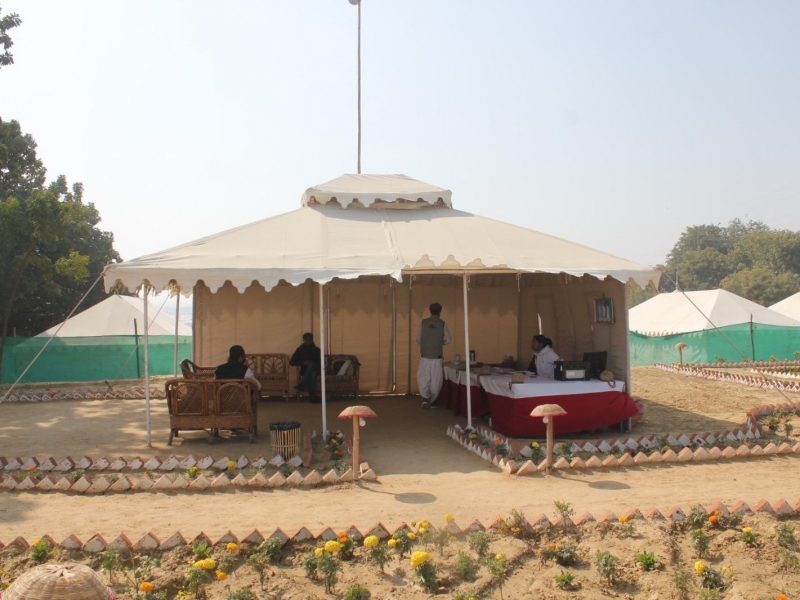
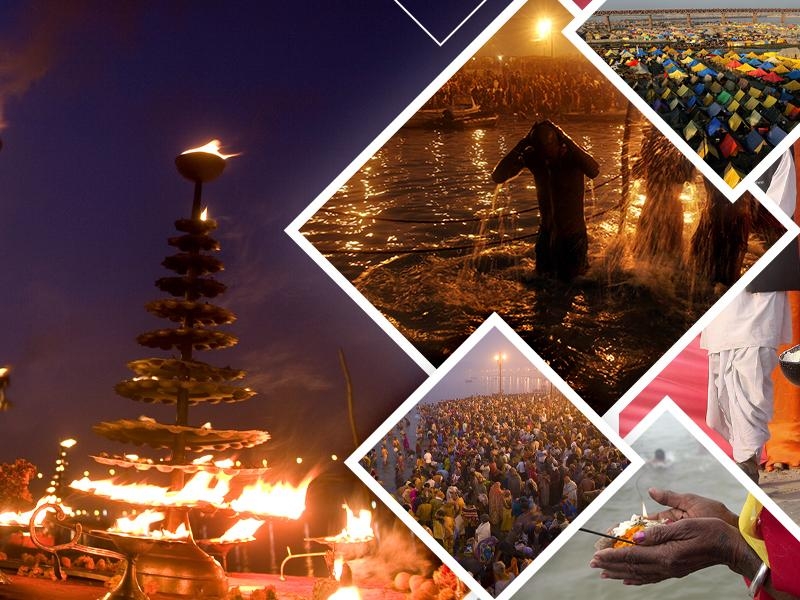
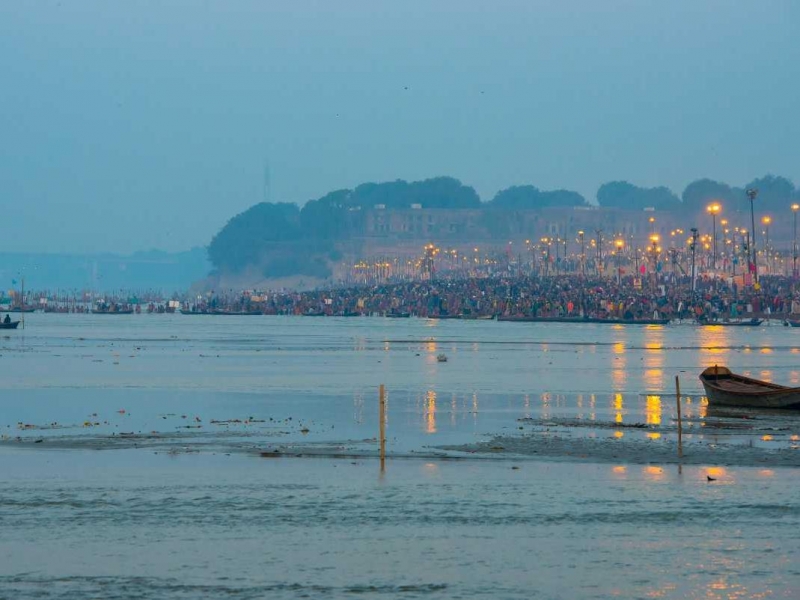
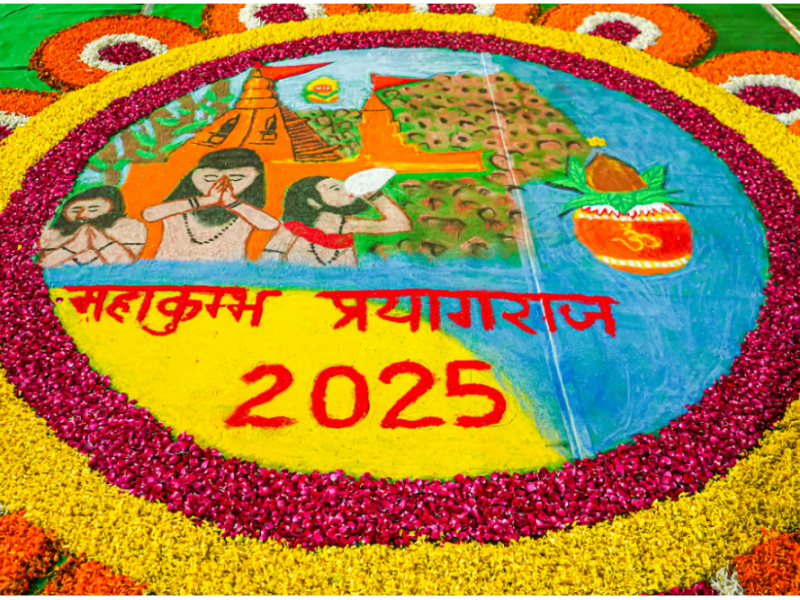


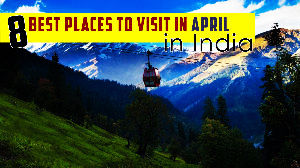
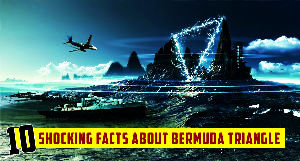
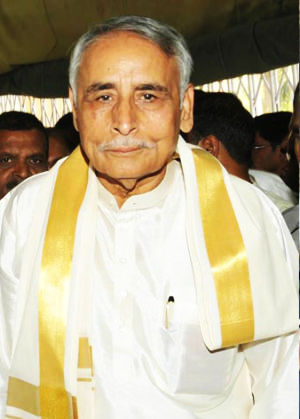


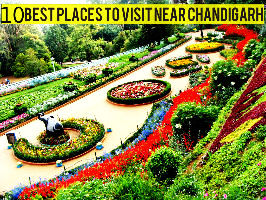
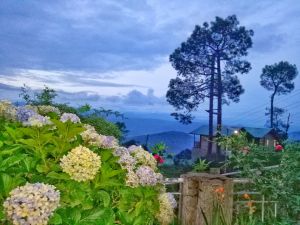

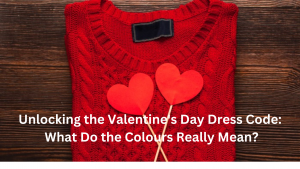

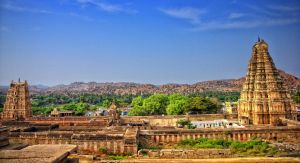


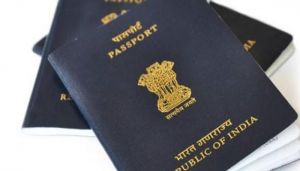


Author Bio